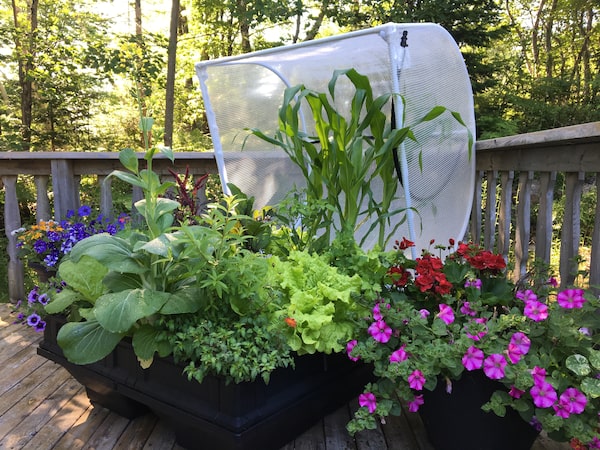
The growing season of veggies such as carrots, beets, potatoes, turnips and radishes can be extended by covering them with cloches (bell-shaped containers), cold frames (transparent roofed enclosures), or row cover hoops, which protect plants from frost and pests.Niki Jabbour/The Globe and Mail
Growing up in Port Perry – a Southern Ontario region known for its bounty of fruit and vegetables – Hilary Nolan Haupt envisioned becoming a gardener, just like her mom and sister.
But when she and her husband, Deon, moved to Toronto and they ended up renting a 500-square-foot condo, she put her dreams on hold – until she saw the balcony.
“I knew I could grow things there,” says Nolan Haupt, who decided to make use of her concrete perch’s eight-hours of daily sun with container gardening. “My husband built me a few tiered shelves and I got started.”
In this case, “started” is a gentle euphemism for “carried away.” The space soon housed zucchini, eggplant, four varieties of tomatoes, black Hungarian peppers, collard greens, mesclun, sage, dill, cilantro, chamomile, basil, lemongrass, oregano, thyme, parsley and rattlesnake pole beans.
“I think my husband was less than thrilled because they took up the bulk of the balcony. He christened it The Jungle,” she says.
That was 10 years ago, when Nolan Haupt was 29. She and her husband have since moved to a Dundas, Ont., where she has a number of raised beds. However, she’s continued to nurture her passion for container gardening, a trend that has taken off during the past decade, particularly among millennials who share her zeal for growing their own food and live in smaller spaces.
According to the National Gardening Association in the United States, food gardening is at its highest level in more than a decade. In the past five years alone, spending on food gardening has increased 43 per cent, urban gardening has increased 29 per cent and young people – from the ages of 18 to 34 – have become the fastest-growing segment of the population to start food gardens, many of them via containers or raised beds in tiny areas such as balconies or back decks.
“It doesn’t take an acre of land to make a glorious garden,” says Niki Jabbour, a Halifax-based author of two gardening books, Veggie Garden Remix and The Year-Round Vegetable Gardener: How To Grow Your Own Food 365 Days a Year, No Matter Where you Live. “Container gardening is not complicated and just about any space will do. You just have to have some know-how, imagination and remember two important things: Know your conditions [sunny, shady, windy] and choose plants that are suitable [for the climate you live in.]”
Now that temperatures are cooling, Jabbour says she is transitioning her garden for fall, pulling spent vegetables such as cherry tomatoes, zucchini and cucumbers and replacing them with hearty fall greens such as kale, spinach and arugula – all of which grow well through fall in pots or raised beds.
She is also extending the growing season of veggies such as carrots, beets, potatoes, turnips and radishes by covering them with cloches (bell-shaped containers), cold frames (transparent roofed enclosures), or row cover hoops, which protect plants from frost and pests.
“Colder weather doesn’t mean the garden is dead. It’s just entered a new phase,” Jabbour says. “October is also the prime month for planting garlic [in a raised bed, not pots, as there isn’t enough insulation] for harvest next summer.”
It’s also the time of year when foods such as microgreens and culinary herbs should be brought inside where they can flourish under grow lights or sunny windowsills through the winter. Some people also get dwarf tomatoes and hot peppers to modestly produce for a few more months by bringing them indoors and putting them in the proper lighting.
“The best thing about container gardening is it allows you to experiment and learn,” Jabbour says. “They’re so popular because they give people the opportunity to flex their creativity … and they’ve allowed a new generation of gardeners, some of whom might not have grown up gardening, to learn the joy of growing their own food.”
Nolan Haupt says she has already brought inside her rosemary, lemongrass, oregano, thyme and mixed greens. “Seed saving is also part of the fun. I usually save some of the seeds from my tried-and-trues to plant the following year,” she says. “Experiencing the complete cycle of seed to harvest is one of the most gratifying – and delicious – ways to connect with nature, especially when you’re 16 floors up on a busy downtown street.”
Keep your garden growing
These tools will help you build and transition a container garden from season to season
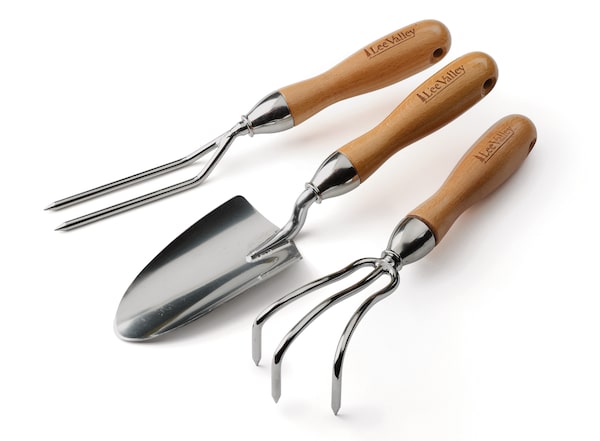
Handout
Lee Valley container garden tools (set of three), $79.50 (leevalley.com).
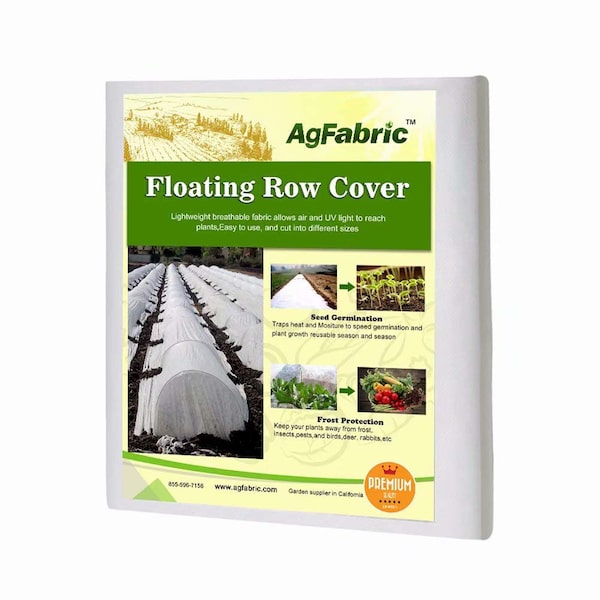
Agfabric floating row cover and plant blanket, $55.99 (amazon.com).
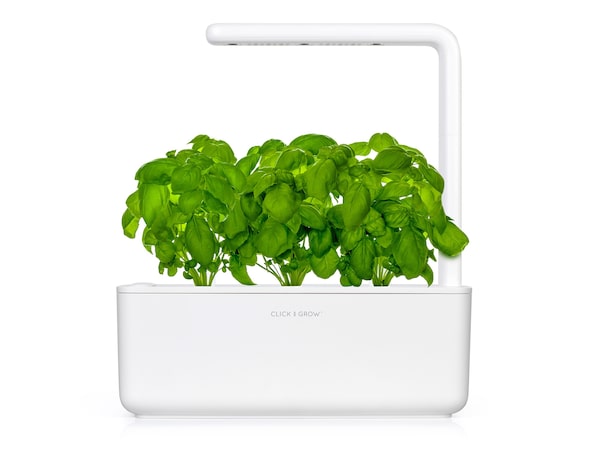
Click & Grow smart herb garden three-starter kit, $124 (urbanoutfitters.com).

Handout
Root Farm all-purpose LED grow light, $139.99 (homedepot.ca).
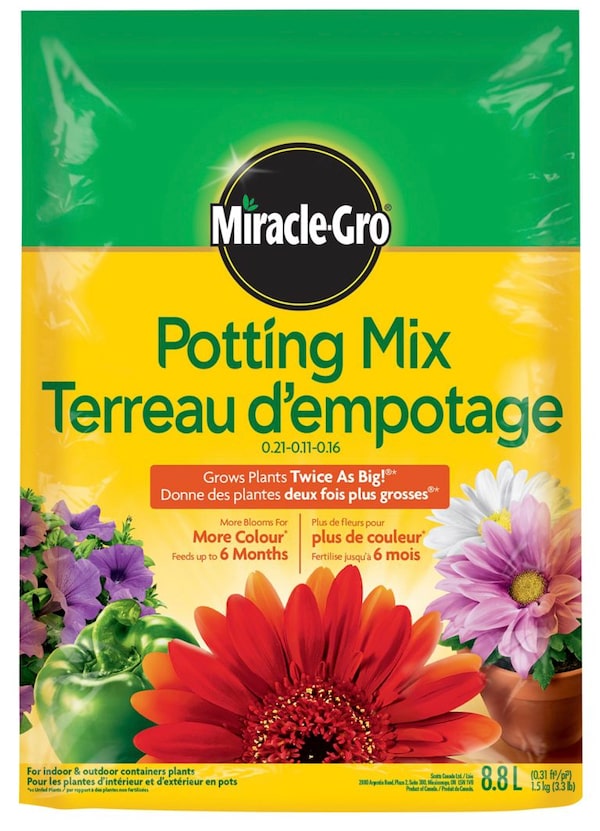
Miracle-Gro potting mix, $5.49 (canadiantire.ca).
 Gayle MacDonald
Gayle MacDonald